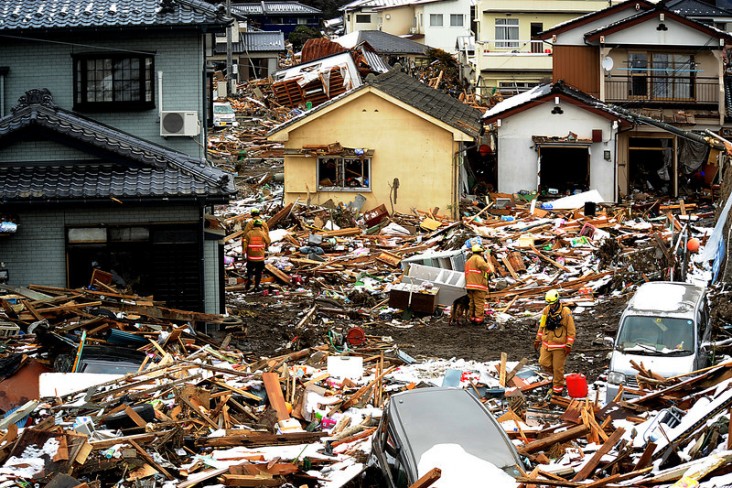- What We Do
- Agriculture and Food Security
- Democracy, Human Rights and Governance
- Economic Growth and Trade
- Education
- Environment and Global Climate Change
- Gender Equality and Women's Empowerment
- Global Health
- Humanitarian Assistance
- Transformation at USAID
- Water and Sanitation
- Working in Crises and Conflict
- U.S. Global Development Lab
Speeches Shim

Disaster Risk Reduction activities save lives and protect livelihoods. For more than 30 years, USAID has been pioneering DRR approaches and building local, national and regional disaster response capacities to confront natural hazards. In Latin America and the Caribbean alone, USAID—through its Office of U.S. Foreign Disaster Assistance—has trained more than 70,000 emergency managers and disaster responders to provide timely and effective assistance to people in need.
The U.S. government, along with 186 countries, adopted the Sendai Framework for Disaster Risk Reduction:2015-2030 (SFDRR) in 2015. USAID, like most of its counterparts in the humanitarian and development communities, is working to design its disaster risk reduction programs to fulfill the goal of Sendai Framework:
Prevent new and reduce existing disaster risk through the implementation of integrated and inclusive economic, structural, legal, social, health, cultural, educational, environmental, technological, political and institutional measures that prevent and reduce hazard exposure and vulnerability to disaster, increase preparedness for response and recovery, and thus strengthen resilience.
Sendai Framework for Disaster Reduction: 2015-2030
The four ‘"Priorities for Action" is emphasized in the framework to reach the following goals: 1) Understanding disaster risk, 2) Strengthening disaster risk governance to manage the risk, 3) Investing in DRR for resilience, and 4) Enhancing disaster preparedness for effective response and to “Build Back Better” in recovery, rehabilitation and reconstruction.
USAID’s strategic approach to DRR, based on the SFDRR and its mandate, is to better guide its disaster risk reduction programming in order to prevent new and reduce current disaster risks. This document outlines the three broad areas of USAID’s Office of U.S. Foreign Disaster Assistance's work to reduce disaster risk:
- Prioritizing and strengthening early warning, preparedness, mitigation and prevention
- Integrating preparedness and mitigation with disaster response, early recovery, and transition to foster resilience
- Supporting diversified, resilient livelihood strategies
USAID/OFDA Regional Disaster Risk Reduction Plans
Latin America and the Caribbean (LAC) DRR Plan 2015-2019 (355kb PDF)
PLAN de RRD LAC 2015-2019 (365kb PDF)
Southern Africa DRR Plan 2012-2014 (539kb PDF)

Comment
Make a general inquiry or suggest an improvement.